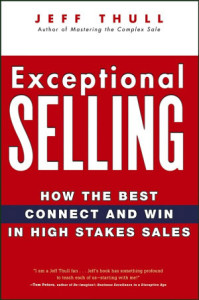8 Ways to Find the Right Words for your Business Blog
 “If you want to become a great writer, you need to understand how to choose words that will make your writing more vivid, precise, bold, original, and memorable,” says Stephen Wilbers in Writer’s Digest. People who write with authority,”Wilbers adds, “are people who pay attention to language.”
“If you want to become a great writer, you need to understand how to choose words that will make your writing more vivid, precise, bold, original, and memorable,” says Stephen Wilbers in Writer’s Digest. People who write with authority,”Wilbers adds, “are people who pay attention to language.”
Wilbers offers 8 wordsmithing tips (every one of which we business blog content writers can put to good use):
- Be on the lookout for useful words. That includes browsing the dictionary. When you encounter a word you like, make it your own. Consider its meaning and context and look for occasions to use it.
- Use a thesaurus to remind yourself of alternate ways to express an idea.
- Be as specific as possible. Effective writing, Wilbers says, draws its energy from specificity, not from abstractions and generalities.
- Appeal to readers’ all five senses.
- Opt for action verbs rather than abstract nouns.
- Don’t trust modifiers. Even when meant to intensify, they can diminish. Try the sentence without the modifier.
- Avoid sexist language. Instead of “his”, “her”, or “his/her”, use plural subjects. “Good managers know their strengths and weaknesses.”
- Use natural language as opposed to formal or fancy language.
To keep blog posts both short and powerful, pay attention to word choice. As Wilbers puts the matter, that can make the difference between “hooking your audience or pushing the reader away”!


 “Ask most blog subscribers why they follow a particular blog and you’ll find out that in almost every case they get something out of the blog (whether it be entertainment, advice, research, ideas, etc.),” observes
“Ask most blog subscribers why they follow a particular blog and you’ll find out that in almost every case they get something out of the blog (whether it be entertainment, advice, research, ideas, etc.),” observes  I like receiving e-letters from my friend
I like receiving e-letters from my friend  As a blog content writer, I’ve always looked to the old saying that came out of the software industry: “Fast, good or cheap. Pick two.” Known as the
As a blog content writer, I’ve always looked to the old saying that came out of the software industry: “Fast, good or cheap. Pick two.” Known as the
Follow us online!